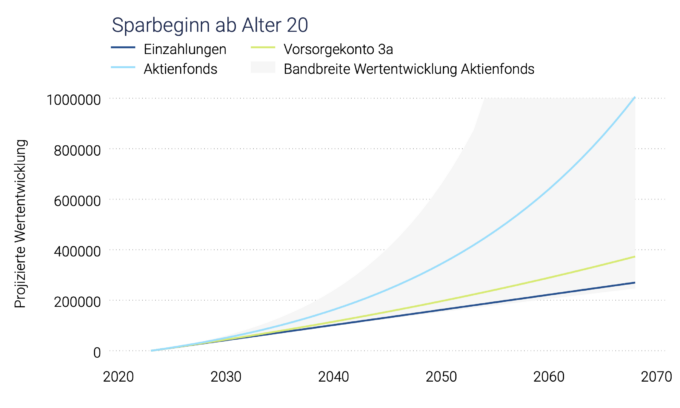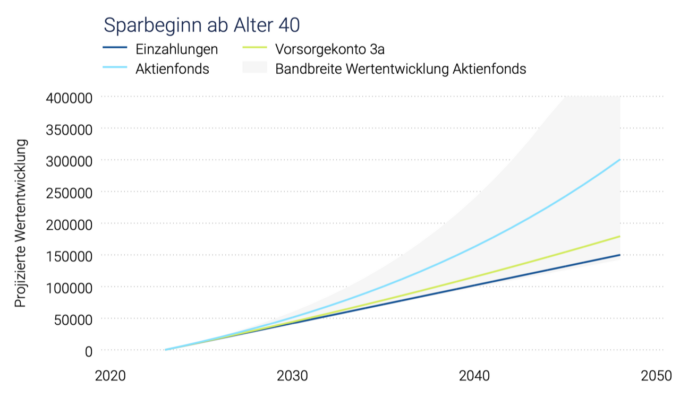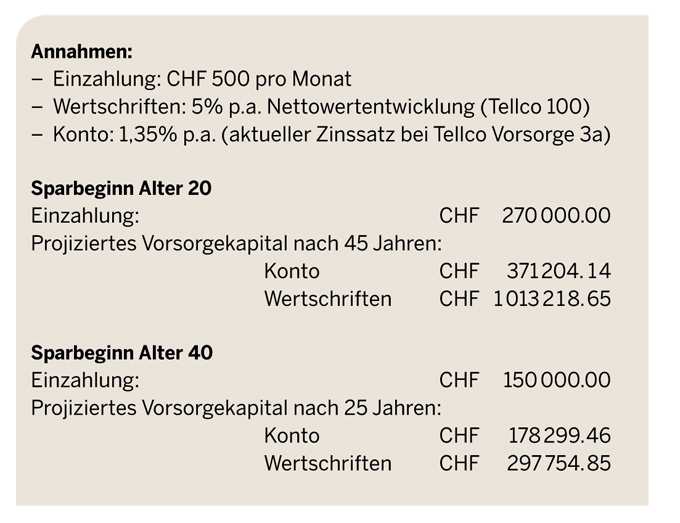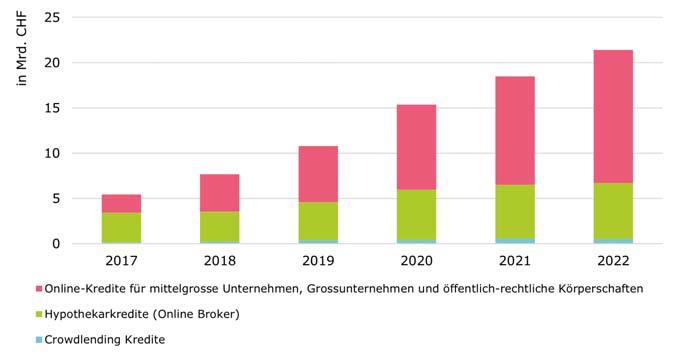Supporting young employees with private pension provision
Although comparatively low, inflation is also an issue in Switzerland. Inflation is clearly noticeable and is influencing our consumption and savings behavior. What does this mean in terms of retirement planning? What do young people in particular need to consider for their secure financial future?

The impact that current inflation is having on retirement planning is evident from the fact that saving is generally becoming more difficult. Two examples: Inflation reduces disposable income because goods generally cost more, and it eats up the interest received on savings accounts. This makes it all the more important to think about the right strategy for saving the necessary retirement capital in good time. Heinrich Bruhin deals with these and other topics as Head of Private Clients Pension at Tellco AG.
Mr. Bruhin, how do you save up a fortune?
Heinrich Bruhin: The general rule is to start as early as possible. This can be done with a classic savings account, but preferably in a third pillar, invested in securities. Securities investments generally offer a higher return than savings accounts, and over a period of 30 or 40 years, despite ups and downs on the stock market, more remains on the bottom line. For young people in particular, it is advisable to start saving early for pillar 3a. The earlier they start saving, the greater the chance of a secure capital in old age. Even small monthly amounts can grow into a considerable sum over the years (see chart). Around ten years before retirement age, it is advisable to take a holistic view of one's finances and plan the time until retirement - especially the exit from securities.
Isn't a savings account enough for retirement planning?
Having a savings account is certainly not wrong. The capital is protected from price fluctuations and, ideally, the interest at least compensates for the loss in value due to inflation. However, if you want to build up wealth, there are more profitable investment instruments. Experience has shown that securities investments with a focus on equity investments in the 3rd pillar are particularly suitable for this purpose.
For whom is the 3rd pillar worthwhile?
For everyone. You can pay flexible amounts into the 3rd pillar and invest them profitably. The contributions paid in can be deducted from taxable income, resulting in considerable tax savings. The money in the 3rd pillar is tied up, but can be withdrawn quickly if necessary, for example if you want to buy your own home, take up self-employment or emigrate.
Are the 1st and 2nd pillars not sufficient?
The 1st and 2nd pillars are supposed to form the basis of retirement provision, which is becoming increasingly difficult due to sociodemographic developments. The 3rd pillar offers the opportunity to save additional funds for retirement and to pursue a more individual pension strategy. For many people, their own retirement provision is important, but they often know too little about it. This lack of knowledge can lead to their own gaps going unrecognized and simple and efficient opportunities going unused. For the self-employed in particular, it is advisable to consider a balanced combination of all three pillars to ensure a solid financial retirement provision.
What should self-employed persons or young entrepreneurs consider with regard to pension provision?
Young entrepreneurs and founders of a start-up understandably often have other priorities than retirement provision. Nevertheless, it is important not to neglect financial provision. Because unlike employees, they are not automatically insured in the 2nd pillar.
- Pension fund: The advantages of a pension fund solution often outweigh the disadvantages, especially if the income is high. By law, savings contributions of up to 25% of the AHV annual salary are tax deductible. Amounts can also be paid in retrospectively, thus closing gaps. However, self-employed persons who have organized themselves as a sole proprietorship are restricted when joining a pension fund.
- Pillar 3a: Those who do not join a pension fund can pay up to 20% of their annual salary into the 3rd pillar each year (2023: max. CHF 35,280.-) and deduct this amount from their taxable income. Anyone who has joined a pension fund at the same time can pay significantly less deductible into the 3rd pillar. The maximum amount is then, as for salaried employees, a maximum of CHF 7056.- per year (2023). Years in which the maximum amount was not utilized cannot be made up.
Retirement planning for the self-employed requires initiative and careful financial planning. It is important to act early and take advantage of the various options available.
Can trends be identified in the area of pension provision?
Yes, the trend is clearly moving in the direction of 3a securities savings via digital solutions, i.e. via the apps. There are numerous offerings on the market that facilitate the process. Investing in securities is thus very easy. These apps offer features such as automatic saving, budget management and investment tracking. Particularly popular among young people are the options for investing in index-based investment solutions and future topics such as digitalization or blockchain. We also note that, possibly fueled by the shortage of skilled workers, employers are starting to provide additional support to their young employees in the area of private pension provision. For example, they are supplementing their employees' 3rd pillar contributions with direct subsidy payments to their 3a account. Incentives of this kind can be used efficiently in the area of employer branding and make it possible to trigger an early start to pension savings so that young employees can build a secure financial future for themselves.












